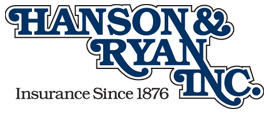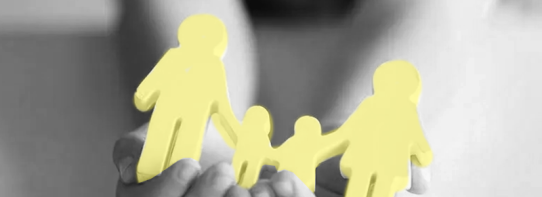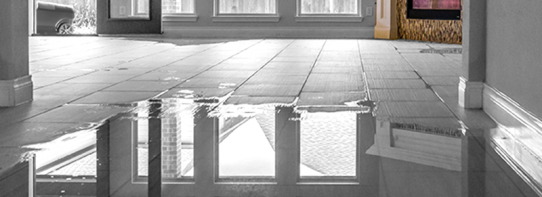What to Expect During Your Home Insurance Inspection

Your Home Insurance Inspection Roadmap: Expectations and Insights
When purchasing a home, various factors demand attention, including home appraisals, inspections, and homeowner’s insurance. One aspect that often catches people off guard is the Home Insurance Inspection, a requirement from the insurance carrier providing coverage. This should not be confused with the pre-purchase home inspection conducted by a professional home inspector hired by the buyer.
Hanson & Ryan is well-equipped to guide you through the intricacies of the Home Insurance Inspection process. Our commitment to ensuring your property’s safety and insurability adds expertise and peace of mind as you navigate this critical step in safeguarding your investment.
What is a Home Insurance Inspection?
A Home Insurance Inspection involves sending a professional inspector to assess the property’s insurability and potential risks. This inspection not only identifies safety and structural issues but also determines the replacement cost value of the home. While some carriers mandate this inspection for new purchases, it can also be required for reasons such as switching carriers, post-claim incidents, the property’s age, high value, or location. Inspections range from visual exterior assessments to comprehensive interior evaluations scheduled by the carrier. Typically, this inspection occurs within the first 2-6 months of coverage initiation.
Home Insurance Inspector’s Focus Areas
The inspector evaluates the property for various exposures, including:
Exterior Inspection:
- Roof’s age and condition.
- Chimney damage.
- Clean and secure gutters.
- Exterior property damage (sidewalks, driveways, etc.).
- Lack of railings for exterior steps.
- Condition of decks, porches, and fencing.
- Overhanging trees and vegetation.
- Compliance of pool safety measures.
- Cracked or damaged windows and doors.
- Siding/paneling condition.
- Drainage system status.
Interior Inspection:
- Cracked, stained, or water-damaged walls/ceilings.
- Functionality of safety and security systems.
- Attic/crawl space issues (water damage, pests).
- Basement foundation cracks and moisture signs.
- HVAC, plumbing, and electrical system conditions.
- Uninsurable animal breeds.
- Proper installation of stairways and handrails.
Post-Inspection Steps
After the inspection, the carrier assesses results and adjusts coverage as needed. Changes in insurance premiums might occur based on the revised replacement cost value. The carrier may also suggest mandatory repairs to address liability risks. Timely completion of recommended repairs maintains coverage. Failure to meet repair timelines could lead to policy cancellation before renewal.
Choose Hanson & Ryan
To ensure a successful home insurance inspection, prioritize regular maintenance and address potential red flags beforehand. Maintaining your property minimizes the risk of claims and ensures a smoother inspection process. Contact us today to learn more about how Hanson & Ryan can help you navigate the intricacies of home insurance inspections and safeguard your valuable investment.




